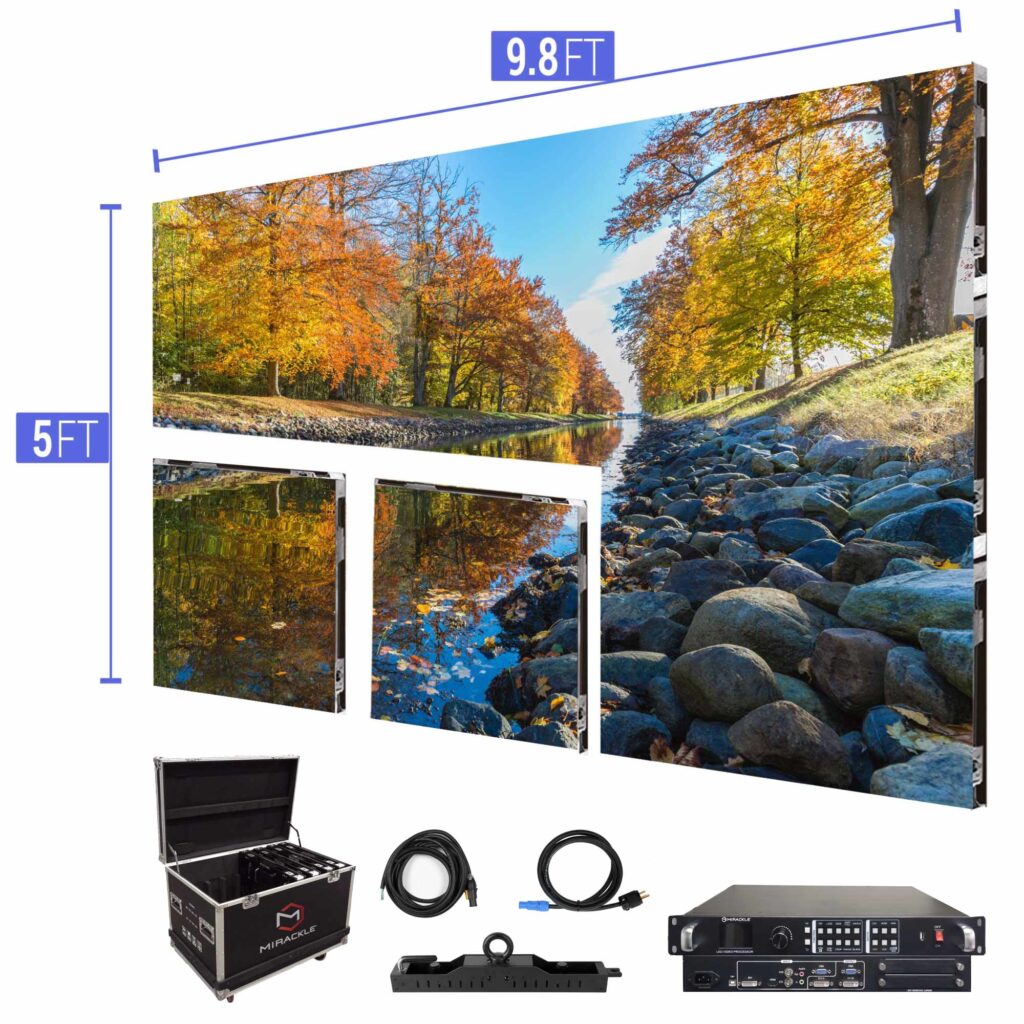Examining the Wide-ranging Connectivity Options Offered for LED Display Panels
Examining the Wide-ranging Connectivity Options Offered for LED Display Panels
Blog Article
Light Emitting Diode display panels have gained popularity for their capacity to deliver crisp visuals in multiple settings, from corporate environments to event venues. One of the primary aspects of these systems is their interface options, which allow users to connect them to multiple devices and systems. Understanding the diverse connectivity options available for Light Emitting Diode wall panels is vital for maximizing their use and effectiveness. This article explores these options, highlighting how they can cater to specific needs and preferences.
One common interface method for Light Emitting Diode wall panels is HDMI. HDMI is broadly recognized for transmitting high-quality video and audio streams between components. This connection type is especially beneficial in commercial settings, such as meeting spaces or classrooms, where presentations or video content are often shared. By using HDMI cables, operators can easily link laptops, projectors, and streaming equipment to Light Emitting Diode wall panels, ensuring a sharp and dynamic display of information.
Another commonly used connectivity method is DisplayPort, which is similar to High-Definition Multimedia Interface but offers enhanced advantages. DisplayPort can support elevated refresh rates and display outputs, making it an excellent choice for interactive media or graphic-intensive applications. For those deploying LED wall panels in environments where output quality is essential, such as esports arenas or design studios, Display Port can provide the necessary visual clarity. Additionally, many modern computers and graphics cards include Display Port connections, making it a convenient option for tech-savvy professionals.
In contrast to HDMI and Display Port, cordless connectivity options are becoming increasingly common in Light Emitting Diode wall panel solutions. Wireless connections allow users to share content without the need for physical cables, promoting a cleaner and more flexible configuration. Platforms such as wireless internet and short-range communication enable users to connect smartphones, tablets, and laptops directly to LED wall panels without tangled wires. This convenience is especially advantageous in see this site fast-paced settings like exhibitions or live functions, where quick changes to displays are often needed.
For larger deployments or more intricate setups, network connectivity through Ethernet is another viable solution. Wired links provide a consistent and robust way to connect multiple Light Emitting Diode wall panels within a network. This approach is suitable for electronic display use cases found in retail centers or transport hubs, where multiple panels may need to present synchronized content across a wide area. By using network cabling and network switches, operators can ensure that all linked panels receive uniform updates and information seamlessly.
Finally, it's crucial to evaluate the future of connectivity with advancements such as Universal Serial Bus-C and Thunderbolt Three. These next-generation interfaces offer enhanced data transfer rates and versatility by allowing one cable to handle both power delivery and data exchange. As more devices incorporate these standards, Light Emitting Diode wall panels equipped with Type-C ports will likely become more prevalent. This shift in integration not only improves the functionality of LED wall panels but also coincides with the growing trend of minimalism in hardware arrangements by reducing the number of cables needed.
In conclusion, exploring the diverse connectivity options available for Light Emitting Diode wall panels reveals many possibilities for users across multiple fields. From conventional approaches like High-Definition Multimedia Interface and Display Port to modern cordless technologies and network connections, each option serves specific functions tailored you can check here to specific needs. Furthermore, next-gen technologies like USB-C offer further developments in how users interact with LED wall panels. By grasping these integration alternatives, individuals can make informed decisions that enhance their overall experience with these multifunctional display tools.